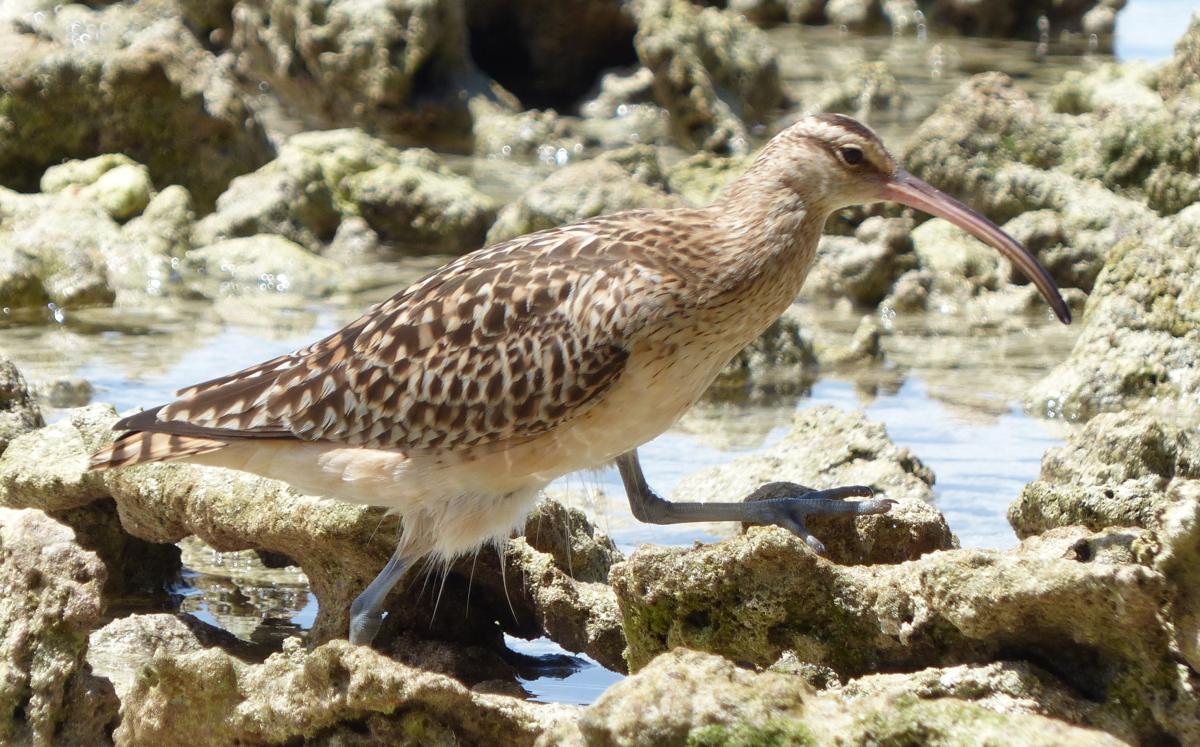
Bristlethighed curlew New Zealand Birds Online
The bristle-thighed curlew ( Numenius tahitiensis) is a medium-sized shorebird that breeds in Alaska and winters on tropical Pacific islands.
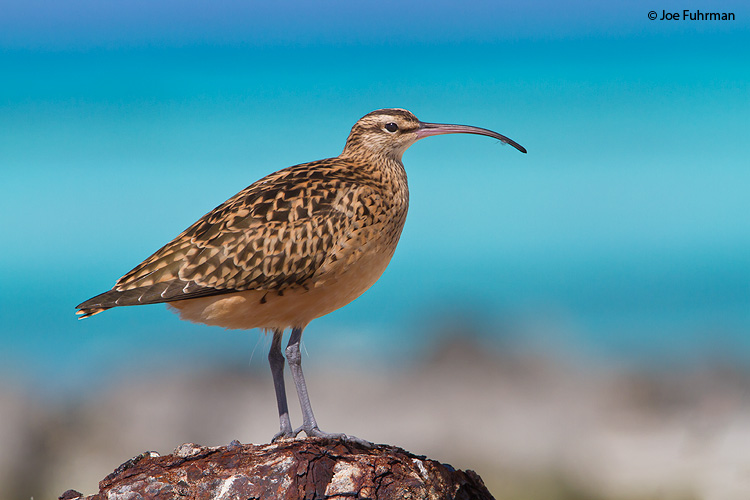
Bristlethighed Curlew Joe Fuhrman Photography
A rare and enigmatic bird. It was discovered wintering on South Pacific islands in 1769, but its nesting grounds were not found until almost 180 years later -- in the late 1940s. It is now known to nest in a few hilly areas of western Alaska.
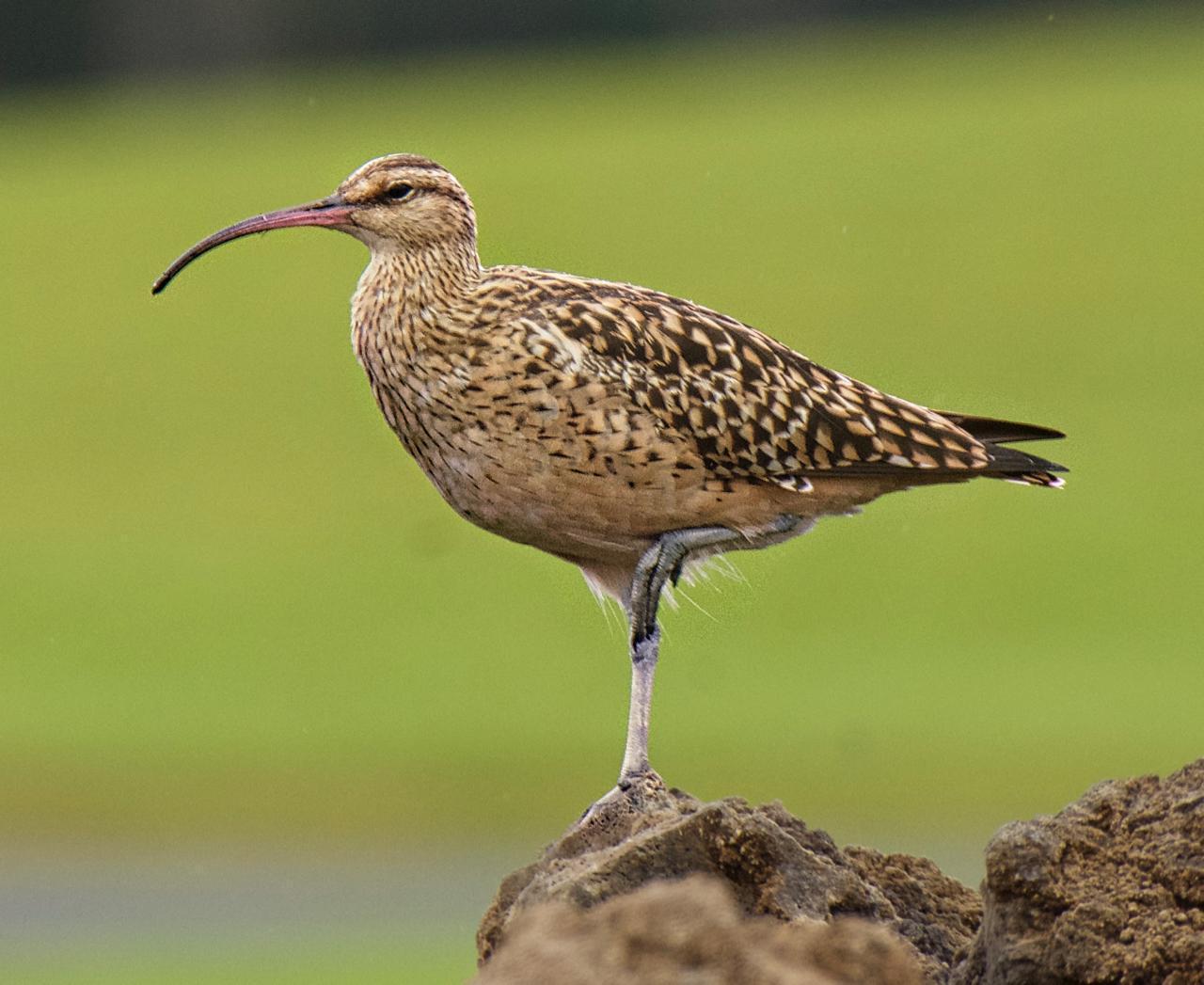
BirdsEye Photography Review Photos
The bristle-thighed curlew (Numenius tahitiensis) nests on hilly, inland tundra, often placing their lined depressions directly beneath dwarf willow shrubs. Following the breeding season, most bristle-thighed curlews congregate on the Yukon Delta, where they feed on berries, insects, and other food in preparation for a non-stop, 2,500 mile.

Bristlethighed curlew New Zealand Birds Online
The bristle-thighed curlew, also known as Numenius tahitiensis, is a rare and enigmatic bird that is known for its distinctive appearance and fascinating life history.This bird was discovered wintering on South Pacific islands in 1769, but its nesting grounds were not found until almost 180 years later in the late 1940s, in a few hilly areas of western Alaska.
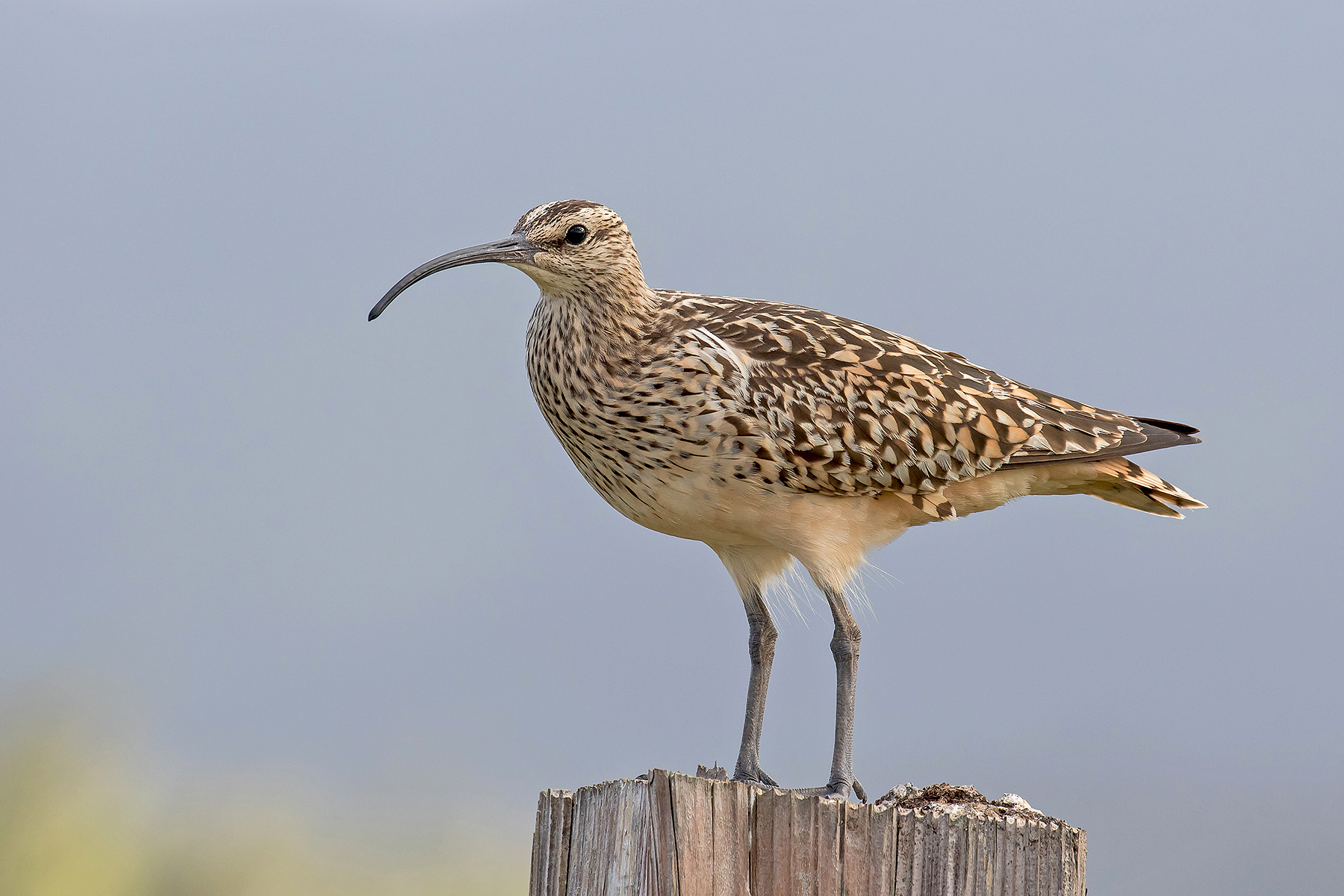
Hawaii Birding Tours Birdwatching Birds of Hawaii Birdquest
Description The bristle-thighed curlew has a long, decurved bill and bristled feathers at the base of the legs. Its length is about 40-44 cm and wingspan about 84 cm (females averaging bigger than males).

Bristlethighed Curlew eBird
The Bristle-thighed Curlew is one of the members of the largest shorebirds. Curlews are recognized by their long down curving bills which are used to probe the mud flats and long grasses in order to find their food. The Bristle-thighed Curlew nest on the high tundra hills in northwestern Alaska. They are known to migrate thousands of miles each.
Bristlethighed curlew New Zealand Birds Online
The Bristle-thighed Curlew is known to be highly vulnerable to predation by introduced mammal predators during its wing moult, as many birds become flightless (Marks et al. Reference Marks, Redmond, Hendricks, Clapp and Gill 1990, Marks Reference Marks 1993).
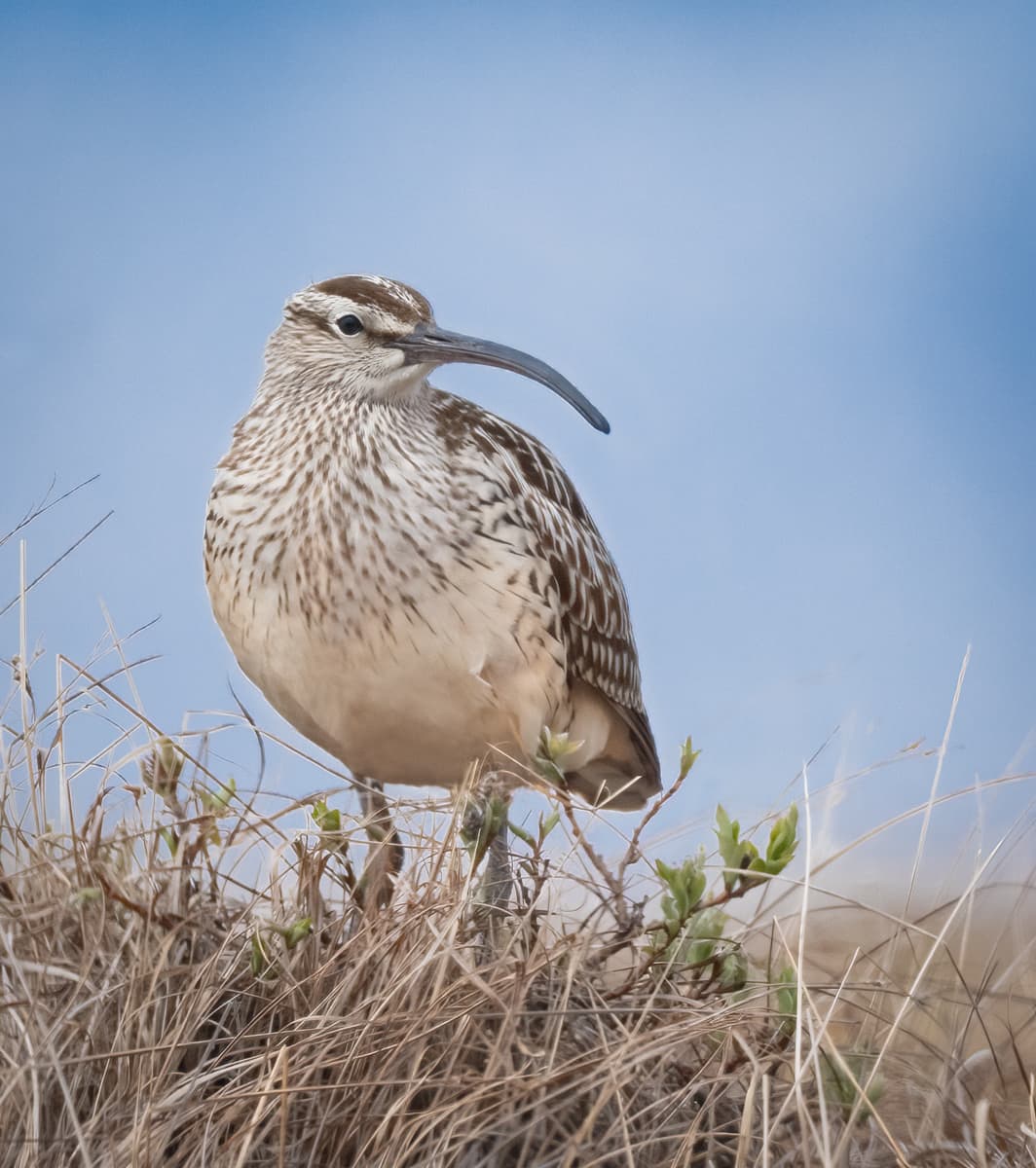
Nome Alaska, USA Owen Deutsch Photography
The kioea, or bristle-thighed curlew, is found in small numbers wintering throughout tropical Pacific islands. It wasn't until 1949 that their breeding grounds near the mouth of the Yukon river in Alaska was found. Their world population is less than 10,000. Since they don't breed until their third or fourth summer, a remnant population can […]
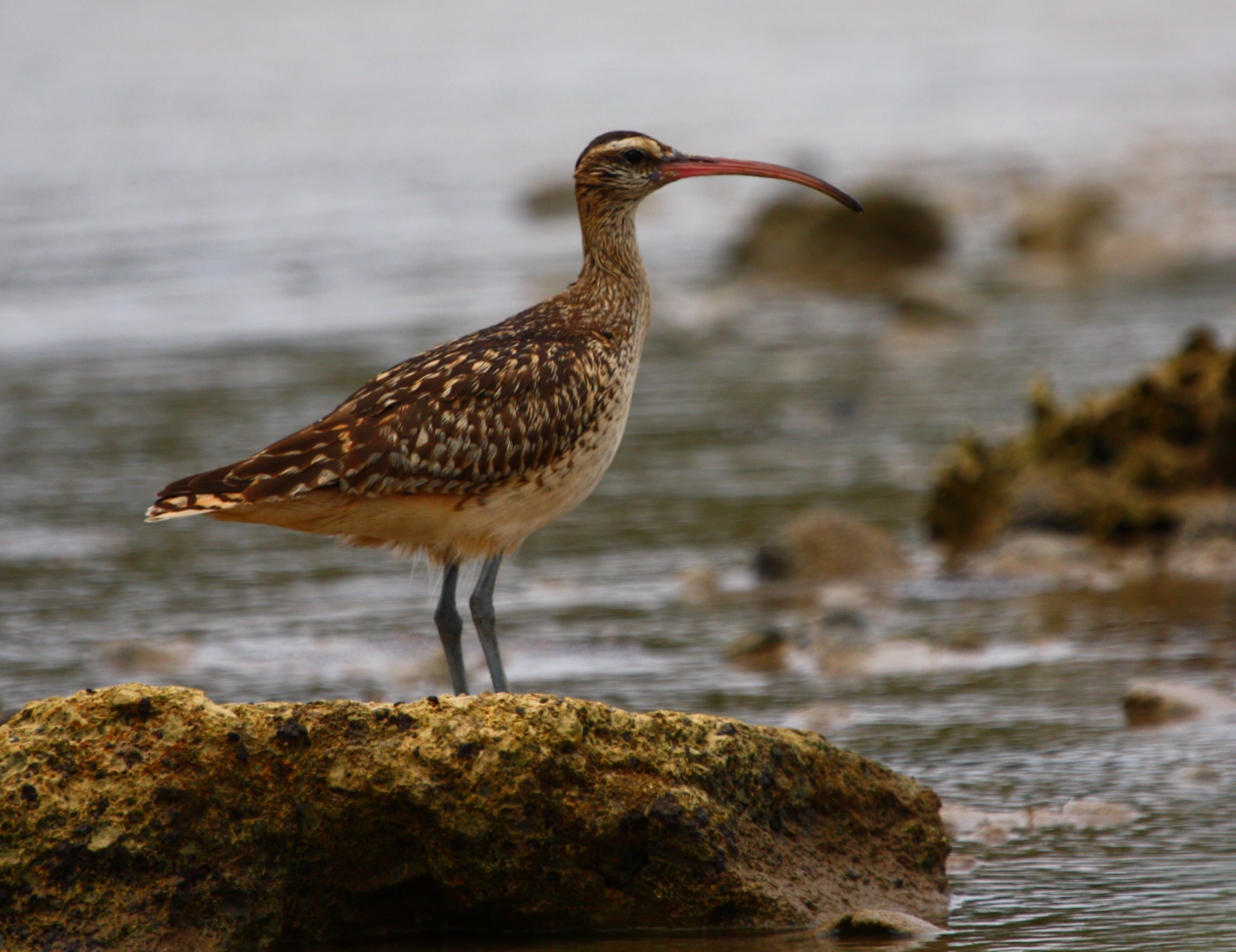
Bristlethighed curlew New Zealand Birds Online
The Bristle-thighed Curlew landfall of 1998: climatic factors and notes on identification. Western Birds 30:133-155. Close ). Fall. Stages from Jun to Aug along coastal Yukon Delta (Handel and Dau 1988 Handel, C. M. and C. P. Dau. (1988). Seasonal occurrence of migrant Whimbrels and Bristle-thighed Curlews on the Yukon-Kuskokwim Delta, Alaska.
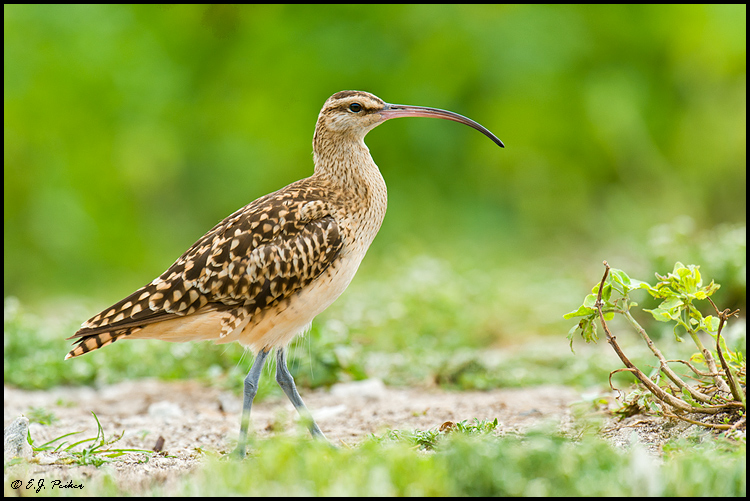
Bristlethighed Curlew Page
Close ) suggest these plus Slender-billed Curlew (N. tenuirostris) form species group. Bristle-thighed Curlew thought to have split from Whimbrel in Beringia during Pliocene and then isolated in w. Alaska during Pleistocene (Larson 1957 Larson, S. (1957). The suborder Charadrii in arctic and boreal areas during the Tertiary and Pleistocene.
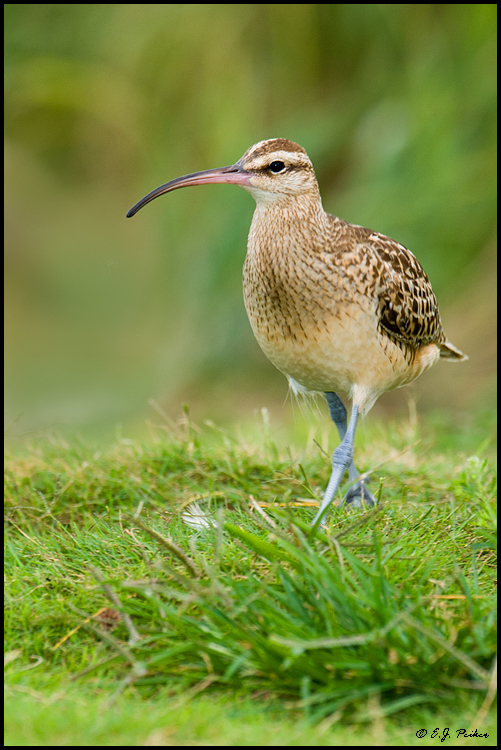
Bristlethighed Curlew Page
The bristle-thighed curlew ( Numenius tahitiensis ) is a medium-sized shorebird that breeds in Alaska and winters on tropical Pacific islands. It has a long, decurved bill and bristled feathers at the base of the legs. Its length is about 40-44 cm and wingspan about 84 cm (females averaging bigger than males).

BirdsEye Photography Review Photos
The Bristle-thighed Curlew is a medium-sized bird that have been marked near threatened by the IUCN. Although Bristle-thighed Curlews were discovered as early as 1869, their breeding habitat was not discovered till after the end of the 19th century.
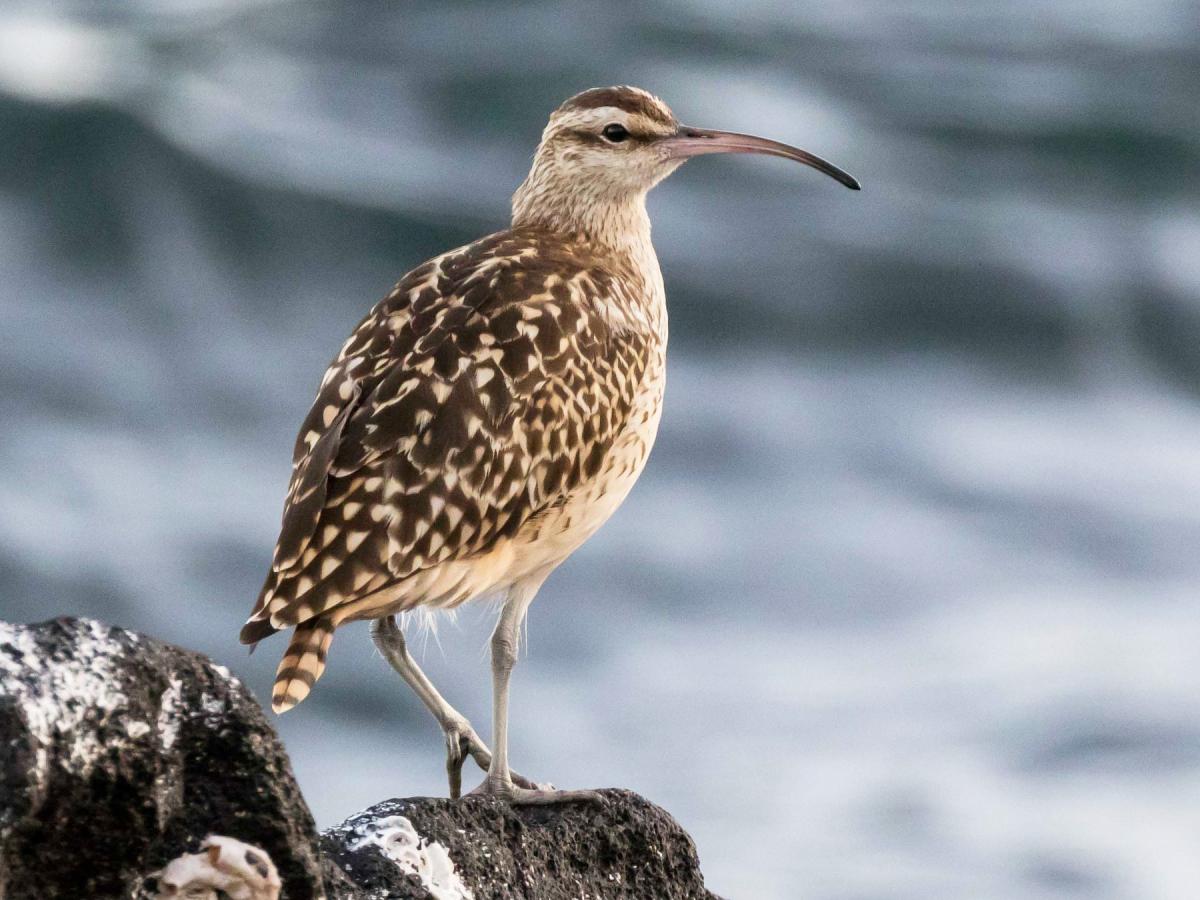
Bristlethighed curlews Tetiaroa Society
Introduction Plumages, Molts, and Structure Recommended Citation Marks, J. S., T. L. Tibbitts, R. E. Gill, and B. J. McCaffery (2020). Bristle-thighed Curlew (Numenius tahitiensis), version 1.0. In Birds of the World (A. F. Poole and F. B. Gill, Editors).
Birding Poole Harbour & Beyond 12 Nov 14 An Amazing Curlew
A large shorebird with a long, curved bill. Similar to Whimbrel but warmer brown and with a cinnamon-colored rump. The bristly feathers on the upper legs are visible at close range. Occurs in wetlands, sand dunes, rocky shores, pastures, and golf courses. Locally common in coastal areas near Kahuku, Oahu. A few individuals visit other islands. Primarily a winter visitor, but a few birds.
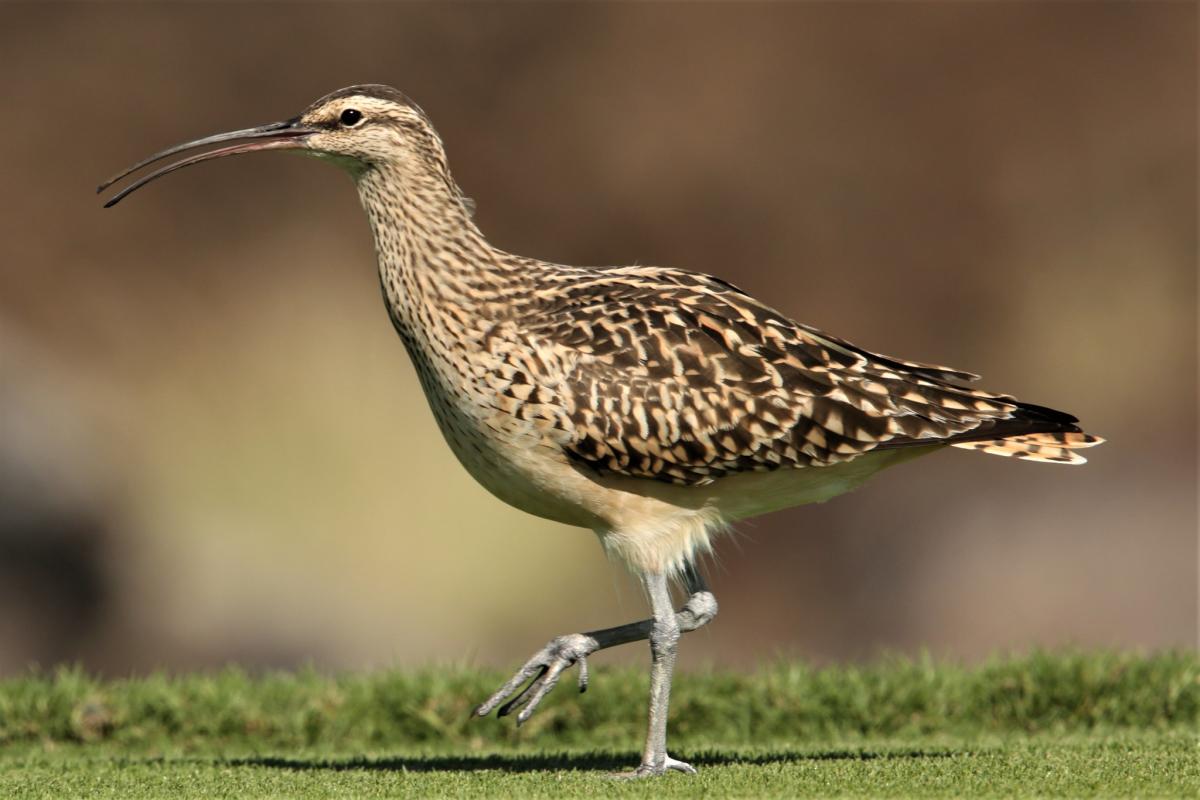
Bristlethighed curlew Tetiaroa Society
Bristle-Thighed Curlews have been known to break albatross eggs open by pounding them with sharp rocks and also employ a method of "whipping" crabs against rocks in order to break apart their hard shells. The Bristle-Thighed Curlew is also the only bird to become flightless during molt.
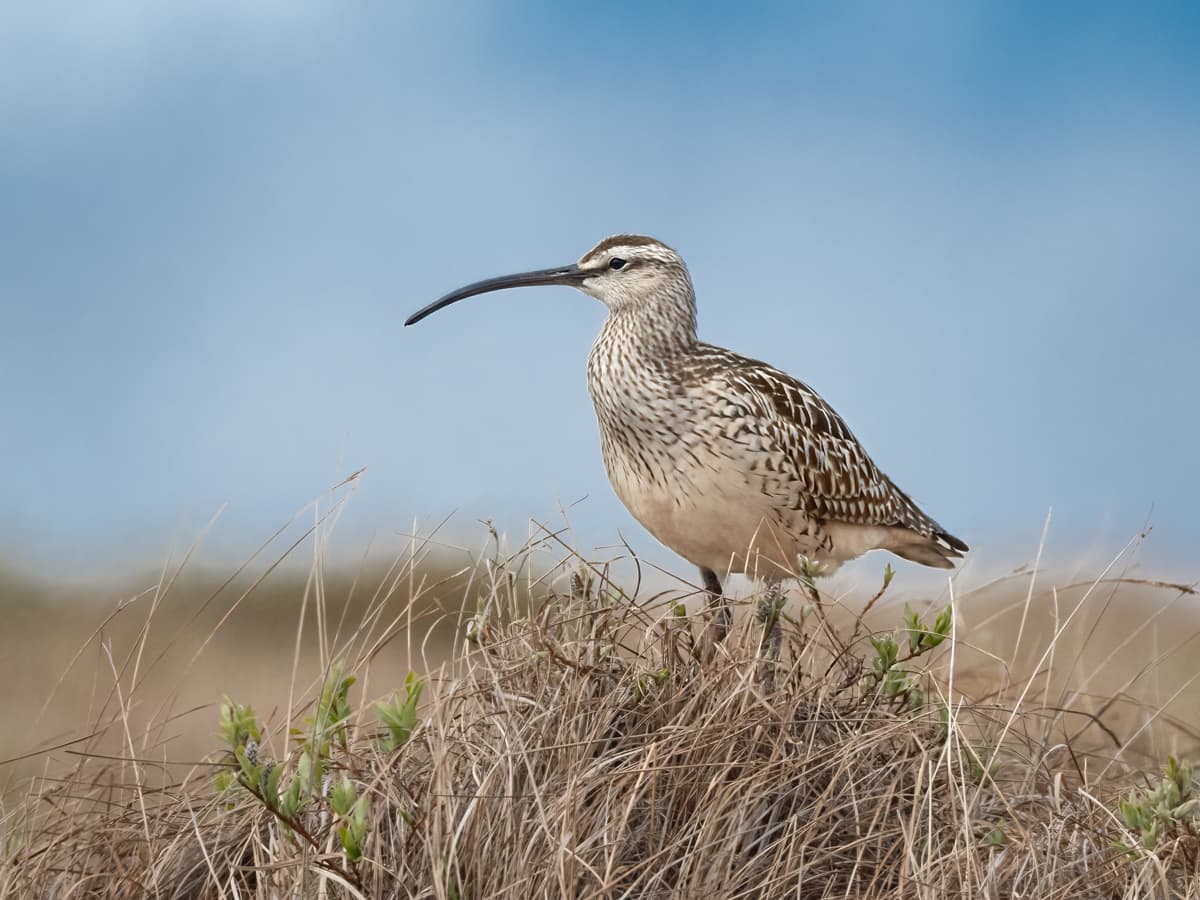
Bristlethighed Curlew Owen Deutsch Photography
Bristle-thighed Curlew Courlis d'Alaska French (France) Courlis d'Alaska Borstenbrachvogel Icelandic Broddaspói Gajahan tahiti ハリモモチュウシャク kulik alaskański Таитянский кроншнеп Čekinjasta carska šljuka hvizdák aljašský Zarapito del Pacífico Spanish (Chile) Zarapito polinésico Spanish (Spain) Zarapito del Pacífico Tahiti Kervançulluğu